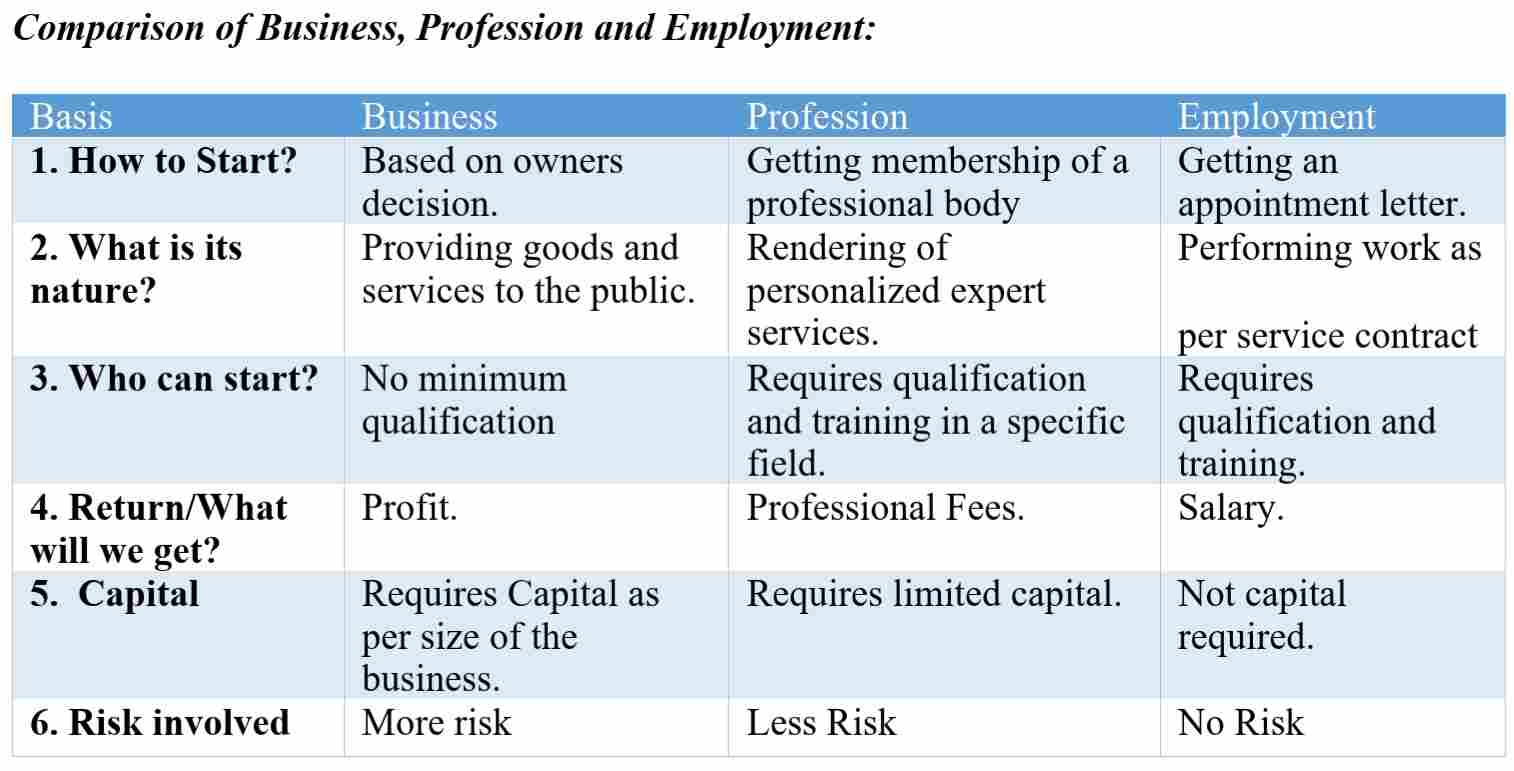Hello, Friends Welcome to The Hand Made Notes. On this Page, I have Provided AHSEC Class 11 Business Studies Chapter: 1 Nature and Purpose of Business Very Important Questions Answers for the 2023 Session. If you follow these Study Materials you can easily understand what type of Questions may be Asked in Exams and you will be able to Score Good marks by Reading these notes.
Note: I always recommend you to follow your own study materials or the study material provided by your institution these notes provided on this page are for reference purpose. Student can modify this notes as they need or maybe I also modify this not as per need in Future.
{getToc} $title={Table of Contents}
Friends if you want to read AHSEC Class 11th Business Studies Chapter 1 Nature and Purpose of Business Important Notes you have to follow simple steps read this article from top to bottom.
Also Read: Class 11 Business Studies Question Paper 2022 PDF
AHSEC Class 11 Business Studies Chapter : 1 Nature and Purpose of Business Important Questions Answers
Q.1. Define the term Business.Distinguish between business,Profession and employment.
Ans: Business is an economic activity, which is related with continuous and regular production and distribution of goods and services for satisfying human wants.
Lewis Henry defines business as, "Human activity directed towards producing or acquiring wealth through buying and selling of goods."
Q.What are the characteristics of Business Activities ?
Ans: The following are the characteristics of business Activity:
An economic Activities: Business is considered to be an economic
activity because it is undertaken with the objective of earning money or livelihood and not out of love, affection, sympathy or any other emotion.
Production and/or sale of goods and/or services: A business is engaged in the creation and sale of goods and services to consumers.
Creation of value for customers: A business aims to provide value to its customers through the goods and services it offers.
Exchange of goods and/or services for money or other forms of compensation: Businesses sell their goods and services in exchange for money or other forms of compensation, such as bartering.
Goal of making a profit: The primary goal of a business is to make a profit, which is the difference between a business's revenue and its costs.
Risk-taking: Starting and operating a business involves taking financial risks, as there is no guarantee of success.
Decision-making: Businesses must constantly make decisions about how to allocate their resources, such as labor and capital, in order to achieve their goals.
Innovation: Businesses often need to be innovative in order to stay competitive in their markets. This can involve introducing new products or services, or finding new ways to produce or deliver existing offerings.
Q. Distinguish between Business, Profession and employment.
Ans:
Q.What are economic and non-economic activities? What are various classes of business activities? Distinguish between Commerce, Trade and industry.
Ans: Economic Activites:Economic activities are activities that involve the production, distribution, and consumption of goods and services. These activities are typically associated with the creation of wealth and are driven by the demand for goods and services in the marketplace. Examples of economic activities include farming, manufacturing, and retail sales.
Non-economic activities: Non-economic activities are activities that do not involve the production, distribution, or consumption of goods and services. These activities are typically not associated with the creation of wealth and may be undertaken for personal or social reasons. Examples of non-economic activities include volunteering, raising a family, and participating in hobbies.
There are several classes of business activities:
Primary activities: Primary activities are activities that involve the extraction and production of raw materials. Examples of primary activities include agriculture, forestry, and mining.
Secondary activities: Secondary activities are activities that involve the processing of raw materials into finished goods. Examples of secondary activities include manufacturing and construction.
Tertiary activities: Tertiary activities are activities that involve the provision of services to consumers. Examples of tertiary activities include retail sales, healthcare, and education.
Distinguish between Commerce, Trade and industry.
Commerce is the exchange of goods and services, especially on a large scale. It includes activities such as buying, selling, and transporting goods and services.
Trade refers to the exchange of goods and services between countries or regions. It can be conducted on a small scale, such as the exchange of goods between two individuals, or on a large scale, such as the import and export of goods between countries.
Industry refers to the production of goods and services, typically on a large scale. It includes activities such as manufacturing, mining, and energy production.
To summarize, economic activities involve the production, distribution, and consumption of goods and services, while non-economic activities do not. Business activities can be classified as primary, secondary, or tertiary, and commerce, trade, and industry are all related to the exchange and production of goods and services.
Q.What is industry? Mention its various types.
Ans: Industry refers to the production of goods and services, typically on a large scale. It includes activities such as manufacturing, mining, and energy production.
Types of industry:
1. Primary Industry: Extraction and production of natural resources and reproduction and development of living organisms, plants etc.
2. Secondary Industry: Processing the materials got in the primary industries
3. Tertiary Industry: Support services to primary and secondary industries. It includes auxiliaries to trade.


